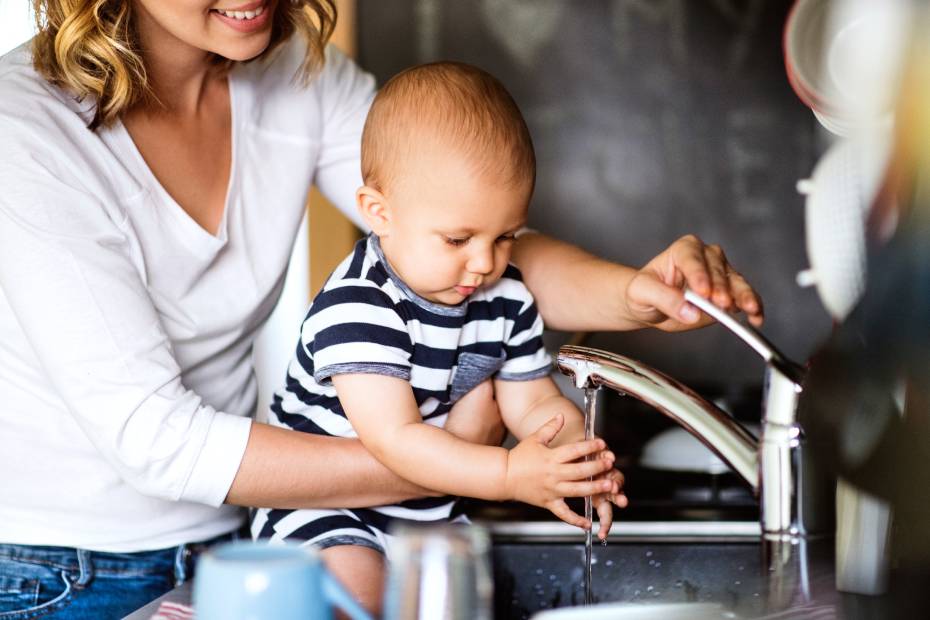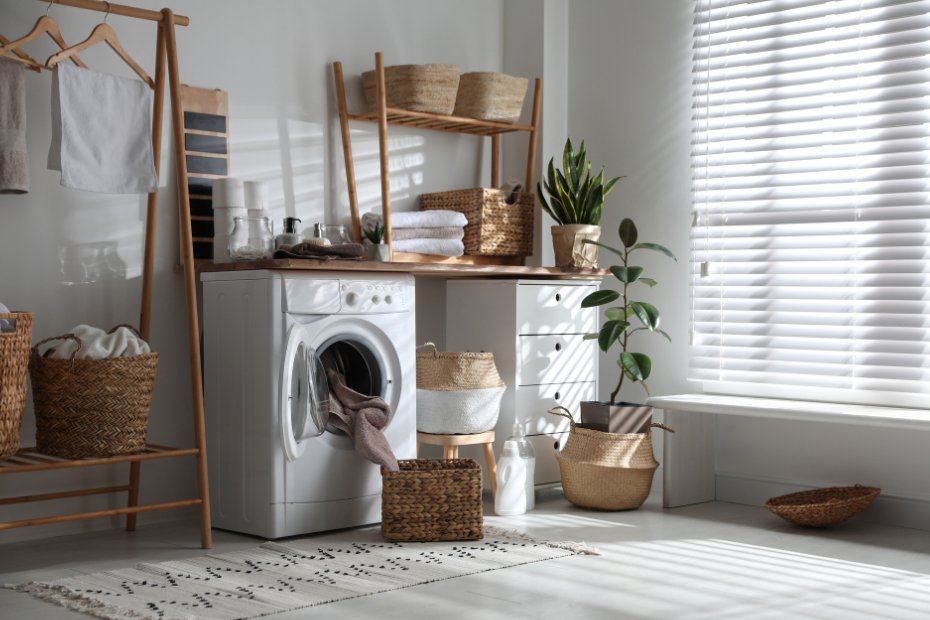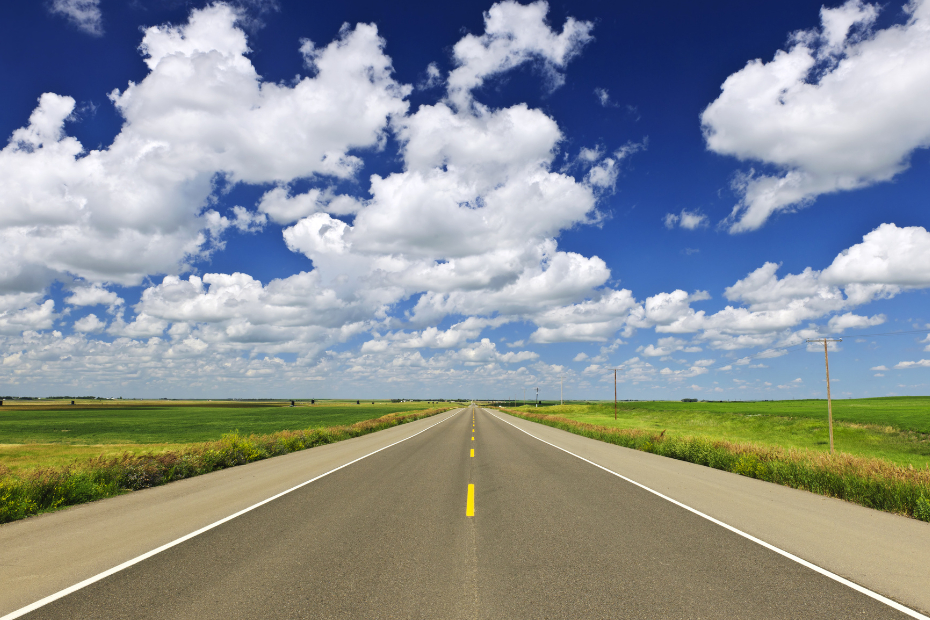6 Ways to Use Less Water and Reduce Your Home Energy Bills

Published April 21, 2023 • 4 Min Read
And all this freshwater use comes at a cost to both our monthly budgets – just over $50 on average – and Canada’s renewable freshwater resources.
While it’s true that Canada is home to 7 percent of the world’s renewable freshwater sources, that doesn’t mean we have an endless supply of clean water. More than half of our renewable water supply naturally drains into the Arctic Ocean and Hudson Bay, so the population living along the southern border rely on smaller water tables that are heavily used and often overstressed.
So today, let’s take a look at some simple strategies that will help you to save on household water costs, while helping to maintain steady, reliable water tables for years to come.
1. Stop those leaks
Hear a drip? Leaky faucets and showerheads pour money down the drain in water and electricity costs, plus they waste over 35,000 thousand litres of water per year – that much water would fill a bathtub over 100 times.
Silent toilet leaks, however, waste even more. Quietly releasing excess water with every flush, undetected toilet leaks could be wasting 20 to 40 litres per hour. That’s enough water to fill a swimming pool every year, per toilet.
Check your toilet flappers, faucets, sprinklers, garden hose and irrigation systems for any leaks.
2. Go for a low-flow toilet flush
30 percent of our domestic water goes towards flushing the toilet.
If your toilet isn’t low-flow already, you can fake it rather than installing an upgrade. Products that reduce the amount of water used with each flush generally fall into three categories: Water displacement; water retention; and alternative flushing.
Your local hardware store can help you find what would work best with your toilet. And a wise word of caution: Avoid placing bricks in your toilet tank, as they can break down over time and cause damage.
3. Turn off the tap
On average, the faucet in your bathroom or kitchen releases 4 to 8 litres of water every minute, so by simply turning the tap off while you brush your teeth, shave, wash your hands, or lather your hair, you can have a considerable impact on your water usage.
4. Choose showers over baths
Opt for a short shower over a bath (and save the long showers for special occasions). A bath uses up to 150 litres of water for every soak, while a five-minute shower uses approximately 75 litres.
5. Recycle water from the tub
If you opt for a bath, you can use the used water (known as “greywater”) from your bath to water your garden and houseplants. Just make sure your soap products don’t contain boron, salt, or chlorine bleach.
Alternatively, collect cool water from a bath or shower in a bucket as you wait for it to warm up and use it for plants or cleaning.
6. Utilize the dishwasher
Less work and fewer greenhouse gases (GHGs)? Sounds like a win-win. Using a dishwasher for all your dishes (assuming it’s a modern, energy-efficient model) costs less money and is more energy-efficient than washing by hand.
That’s because it costs less money to heat up the water, and an energy-efficient dishwasher uses less water overall per load. The trick to even more savings? Skip pre-rinsing dishes and let dishes air-dry instead of using a heated drying cycle.
What if you don’t have a dishwasher at home?
No problem – it’s just a matter of refining your technique. Remember that washing dishes by hand with a running tap produces the highest GHGs of all the methods, so the greenest option of all is the two-basin method of hand-washing: Fill one sink or basin with hot water to soak and scrub your dishes and one sink with cool water to rinse, then let your dishes air dry.
Bonus tip: Heating up water also uses energy
The temperature of your household water use also affects how much energy you use. You might be able to reduce the temperature of your hot water heater – in most cases, the optimal temperature is 49°C (120°F) to prevent harmful bacteria growing in your tank. Any higher than this, and you risk your water becoming scalding hot, as well as using more energy that you need.
It’s also very effective to run some laundry cycles on the cold water setting. Up to 90 percent of the energy used to wash clothes goes towards heating the water, which hikes your electricity bills unnecessarily. Plus, many detergents contain enzymes that work best with cold water at 5˚C (40˚F), and a cold-water wash can also reduce the likelihood of your clothes shrinking, or the colours fading over time.
This article is intended as general information only and is not to be relied upon as constituting legal, financial or other professional advice. A professional advisor should be consulted regarding your specific situation. Information presented is believed to be factual and up-to-date but we do not guarantee its accuracy and it should not be regarded as a complete analysis of the subjects discussed. All expressions of opinion reflect the judgment of the authors as of the date of publication and are subject to change. No endorsement of any third parties or their advice, opinions, information, products or services is expressly given or implied by Royal Bank of Canada or any of its affiliates.
Share This Article





